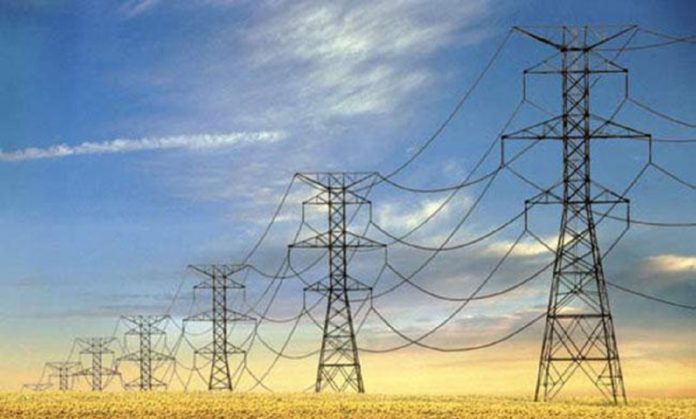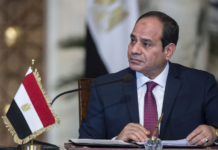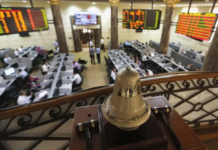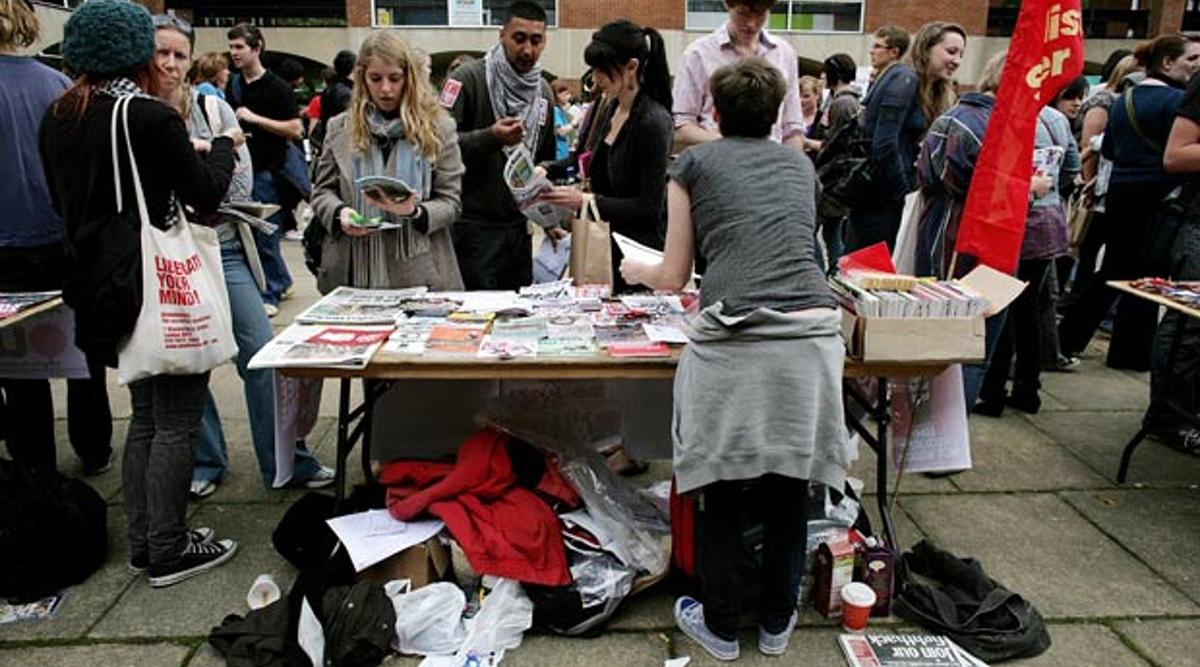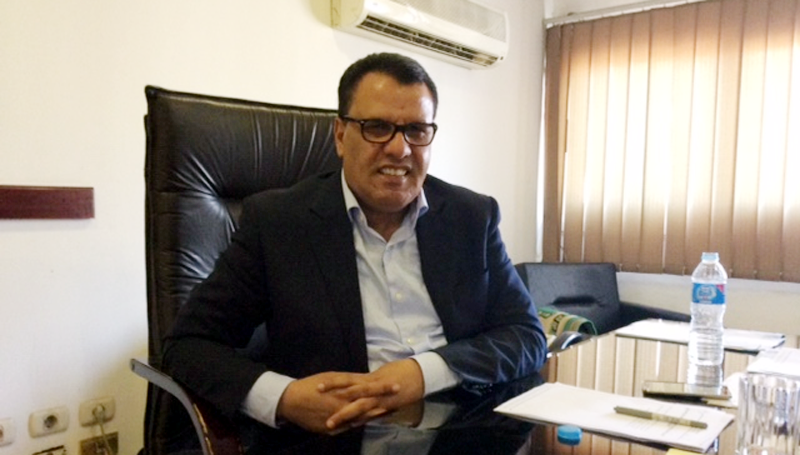In this issue we discuss the subject of national projects and their direct relationship to macroeconomic and reform programme
When analysing the economic reform in Egypt, we cannot separate the new capital project from the other major national projects that have been in operation since 2014.
These projects have contributed to the improvement of the economy and the high level of services provided to citizens. The importance of these projects is not less than the state’s level of interest in the direct services provided to citizens through education, health and food supply, especially in light of the high rates of population growth.
In order to highlight the returns of national projects on the Egyptian economy over the past three years, we have reviewed the most prominent projects implemented by the State.
National projects in points
– The Suez Canal Axis Development Project at a cost of LE 64 billion
– The National project for development of Sinai at a cost of LE 150 billion
– The National network of roads project at a cost of LE 100 billion pounds
– The National project for housing at a cost of LE 185 billion pounds
– The National project of electricity at a cost of LE 500 billion pounds
– A package of projects for human development and social protection at a cost of about LE 55 billion pounds
The expected returns from these projects
After the critical stages Egypt has crossed over since 2011, maintaining current employment rates and jobs is, in itself, an achievement. When President El-Sisi assumed responsibility, the unemployment rate was standing at 13.5%, but as per the latest statistics it has dropped to 11.9%, the best performance in 5 years.
Job maintenance, opportunities and the reduction of unemployment are the direct social returns of national projects in any economy. It has consistently been considered that at time of crises, it is more important to maintain jobs rather than high levels of income.
National projects consume thousands of tons of raw materials, building materials and machinery. When analysing the rate of growth in Egypt, we know that consumption accounts for about 92% of this economic growth and accordingly the large consumption of these projects have thus contributed significantly to the growth rates of development and sustainability.
The relationship between investment and development on the one hand and national projects on the other
This is a very important point that many people are not aware of; most national projects are in the infrastructure sector such as roads, energy plants, ports and airports.
The question here: Is it possible to convince an investor to come and pump money into Egypt with frequent interruptions in energy that may extend up to 10 hours per day in some areas?
Of course not, and this is the main reason for the withdrawal of various investments from Egypt in the wake of the revolution and even after the security situation had settled. Infrastructure in Egypt was deteriorating and foreign investments dropped to $2.2 billion in 2012 after $13 billion in 2010.
The importance of national projects
Why are exports and foreign investments important?
When looking at the economic growth within any country, we find that it depends on specific elements, the rate of consumption verses investments and the volume of expenditure. Accordingly, for economic development to happen in a country there should also be an increase in the rate of exports over imports. Therefore, in order to develop an economy, there must be a rise in one of these sectors: Consumption, investment, government expenditures and exports, or a reduction of imports.
By applying this to the situation of the Egyptian economy we find that:
1- Consumption growth is weak due to the current economic reform measures and its negative impact on inflation and price levels.
2- There has been a significant increase in government expenditure, which has reached LE 1200 billion in the 2017/18 budget, but is still not sufficient enough to achieve economic growth equivalent to population growth.
- The net foreign trade indicator reflects significant improvement, as reflected by the decline in trade balance deficit for the first half of 2017 by about 50%.
- There is increased interest from the state to improve the investment climate at various levels, which has led to an increase of 26% compared to 2016.
Therefore, we can conclude that there is no way to grow except through supporting exports and investments. This was reflected by the State’s interest in developing the investment climate in Egypt, through solving investors’ problems and removing obstacles. As well as, issuing the new investment law (In the past the investor needed 634 days to get a temporary license to build a factory, now it only takes 7 days) and a parallel package of legislations such as the Industrial Licensing Law and the Gas Market Liberalization Law to unleash opportunities in this sector.
Projects returns to the economy
In order to know the extent of the returns of national projects during the past three years, we must look at the most important global indicators, monitored by a number of international institutions in their reports on the Egyptian economy and the latest Global Competitiveness Report 2017.
The report shows a clear development in the ranking of Egypt:
– Egypt ranked second in the world after Cyprus in the rapid development of its economy in general.
– Egypt’s ranking improved 19 positions between 2014 and 2017 in the general index.
– In the government spending efficiency index, we moved from the 135th ranking to the 63rd.
– In the rule of law index we moved from 106 to 77.
– In the fight against crime index we moved from 137 to 60.
– In the infrastructure quality index we moved from 118 to 71.
– In road quality index we moved from 122 to 75.
– In the port quality index we moved from 80 to 41.
– In the electricity quality index we moved from 107 to 63.
– In the airport quality index we moved from 59 to 42.
– In the number of procedures required to establish a company we moved from 47 to 18.
– In the index of maintaining the state of competencies we moved from 133 to 103.
– In the country’s attractiveness of competencies from abroad we moved from 131 to 116.
– In the index of provision of financial services to investors we moved from 112 to 73.
– In the index of ease of borrowing from banks we moved from 100 to 62.
– In the index of availability of state-of-the-art technology in the state, we moved from 117 to 91.
Therefore, it is clear that the significant improvement in infrastructure, protection of investors, facilitating obstacles and guaranteeing the rule of law have all led to this international appraisal. The current indicators though are not the best, but do reflect we are on the right track.
Main obstacles
- Inflation
- Corruption
- Inefficient bureaucracy
- Uncontrolled labour behaviour
- Monopoly
In conclusion, National projects certainly have a fundamental and strategic role in the economy and contribute to raising growth rates, reducing unemployment and reducing the side effects of economic reforms. We expect that, when completed in concurrence with the legislations that stimulate investments and exports, a significant increase in the rates of foreign inflows into the Egyptian market; Along with, a continued decline in imports, replaced by domestic production with the support of technology transfer through new players likely to enter the Egyptian market, which is supported by the country’s plans, will all lead to a major leap in economic development and sustainability, especially with the start of gas production later this year. Furthermore, the continued recovery of tourism and the crushing of the US Dollar black market will also restore the confidence of foreigners in the Egyptian economy, as well as, the perception of Cairo that has improved and forecasted to occupy a significant position in the global economy by 2030.
The New Capital Project
In conjunction with the inauguration of President Abdul Fattah El-Sisi, the project of the new administrative capital has been criticised regarding the project’s funding and importance, despite its achievement.
– Firs: At a time when the state needs this money for other sectors such as health and education… Why spend 45 billion dollars on a new capital?
– Refutation: In the beginning we must distinguish between withdrawing funds from the general budget and funds withdrawn from investors. Government’s expenditure on the New Capital project from the general budget so far does not exceed EGP17 billion, reflected in the cost of facilities and infrastructure of the new capital in return for the proceeds of initial sales of land plots that amounted to EGP67 billion. This shows that, for every one pound that the state pumped into the project from its general budget it earned about 4 pounds in return.
On the other hand, the volume of private investments, non-governmental, in the initial phase has reached EGP90 billion. Hence, for every one pound spent by the state, foreign and local investors spent seven pounds, accordingly the project already has returns on the medium and long term that can be exploited to finance development of education, health and other sectors.
Second: What is the cost of moving the capital and its main administrative headquarters, reducing congestion and saving time, effort, energy and fuel?
Do you imagine that the Egyptian economy loses 4% of GDP annually?
– According to a study published by the World Bank, because of traffic congestion. The study identified three main determinants: cost of time lost, cost of delay, and cost of health and physical problems.
4% of the output means LE 150 billion.
All of these billions are wasted in time, effort and fuel lost due to congestion, which will lead to the annual productivity loss of this out-put. The study identified the problems as follows: lack of absorptive capacity of garages, lack of traffic signals, delays and random waiting of motorists, poor control and rule of law in the streets and transportation.
Cairo was also ranked in fifth place for the high level of fatigue and stress experienced by its residents due to the overcrowded irrigated congestion, in a study reported by the Guardian and CNN in September this year. Along with Egypt in the list of the ten worst cities are Baghdad, Kabul, Lagos, Dakar, Tehran, Dhaka, Karachi, New Delhi and Manila.
S & P and the New Capital
In the S & P report, for the first time in credit rating agencies’ reports, the reference to the new administrative capital was part of the factors that have boosted the growth outlook over the coming period and is seen as a key pillar in the overall state-wide infrastructure development plan.
The new administrative capital city meets this week with China’s CFLD for final clauses regarding the 14,000-acre development contract in the city and the timetable set for the delivery of the land, according to the latest news. During the meeting, the final price of the land, the timetable and stages of the project’s implementation, dates of payment of state dues from the land development dividend, will be determined. The government will receive 60 percent of the returns in accordance with its agreement with the Chinese company. CFD plans to invest $4 billion in five years to build a number of factories in the first phase of its project, with investments in Egypt over 10 years reaching $13.5 billion.
We consider this to be great news and we hope to complete the agreement as soon as possible in order to take advantage of Chinese experience in this field to finish the first stage of this historic project by next year.


